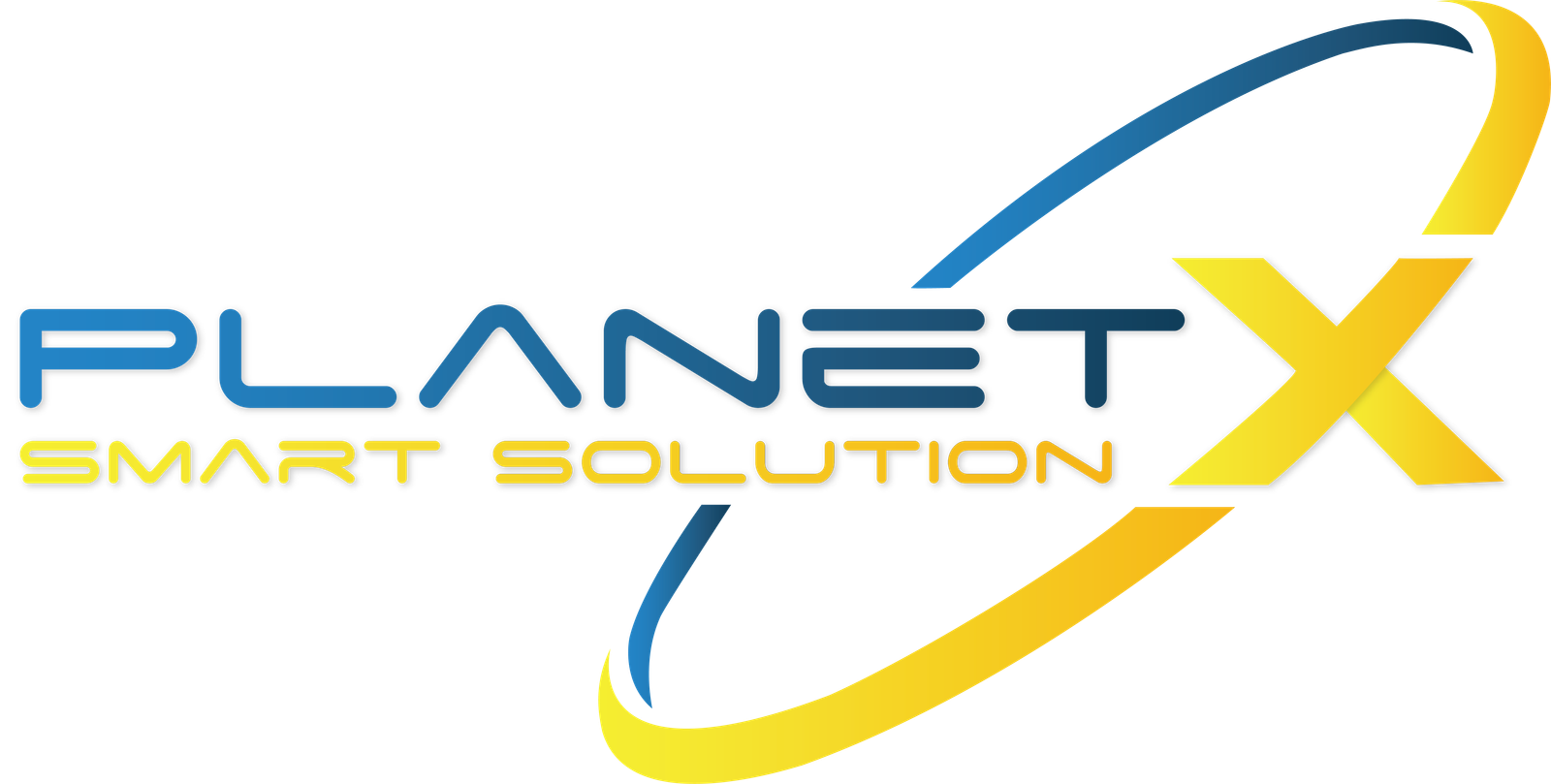INCREASING EMPLOYEE PRODUCTIVITY
Motivating staff can be an uphill struggle, especially when management can’t effect the right changes. With technology increasingly integrated into the workplace, managers have an easier task of seeing where motivation may be slacking, and taking the right measures to keep productivity high.
Data and information is coming in all the time, and with web-based apps and centralized data platforms increasing information visibility, team and facilities managers can easily see where productivity is low.
Smart Building, Smart Motivation
Having office space located in a smart building can do wonders for ensuring that employee productivity doesn’t suffer. Whether it’s keeping the temperature just right, to reallocating work away from over-stressed colleagues, IoT based smart buildings go a long way to providing employees with the right working environment.
Smart employee tracking helps motivate employees through:
- Better space usage : Most departments end up asking for more space than they actually need – but this is where monitoring actual space usage, through IoT, comes in. Installing heat sensors that then generate maps based on the occupants in the room gives businesses a better idea of how their space is being used. Facilities managers can, in turn, direct the optimized space usage and what fits the actual needs of each department. Shifting things around so that departments are given more or less space depending on how they use what they’ve been given can take place on a yearly basis. As a result, each department gets exactly the amount of space it needs, giving businesses a much better outcome for their space. If a business is renting its office space, having this data on board can really help them negotiate a good deal on the lease. Another benefit of having smart space allocation, is that facilities managers can see exactly which office or conference room is available and when, giving employees better access to the facilities they need.
- Streamlined processes : Because IoT devices give real-time insight into employee location and immediate updates on work progress, managers have much better visibility on where there are issues with productivity. They get to see how workflows are proceeding, what the occupancy is, and where there are efficiencies or inefficiencies in the system. In turn, managers and employers can create better solutions for inventory plans, recruiting, and reallocate work where necessary. Network solutions also collect the data needed to effectively map office floor plans and create a better work environment. Facilities and team managers can see traffic patterns and how areas are used, making access to conference rooms and resources much easier. In turn, this works towards better collaboration between teams.
- Better location management : When a business relies on delivery drivers or repair workers carrying out their offsite, smart tracking and location devices are an excellent way of monitoring how they carry out their work. With automated real-time data coming into a centralized platform, businesses can reassign work according to traffic and weather conditions, as well as depending on how long it takes for work to be completed. When traffic is heavy, workers can simply be reassigned to work closer to their current location, ensuring they still complete items. Smart apps can also recommend the most convenient and efficient route to take, reducing the time spent in traffic or on the road.
- Better skill management : Tracking how employees are using their time gives managers a better idea of workloads – and how to reallocate work where one employee is overloaded. With better work distribution, managers give those they work with more time to spend on doing their projects well. Having work productivity data at hand also gives managers a better idea of what skills are being used where. Employees can be reassigned work that better fits their skills if these are being undervalued, or they can be sent on training courses for skills updates.
- Better inventory management : When a business knows where all its assets are, it no longer needs to spend as much money on updating potentially pricey equipment. Adding RFID tags or Bluetooth Low Energy (BLE) beacons to the things they own means managers know, in real-time, the exact location of each item. This also entails that each employee has the right equipment they need when they need it, preventing delays in completing projects, and improving their efficiency. The benefits don’t end just there – because businesses can rearrange their workflow and production schedules rather than invest in unnecessary new equipment, staff also become more efficient.
For more information on how New PC Planet can get you started with Smart Workforce Management, visit our website.

